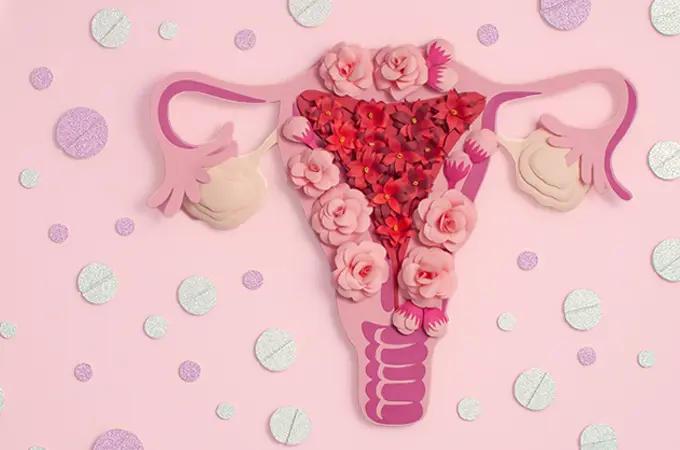Can you think back to sitting in health education class in junior high and learning about the “birds and the bees” for the first time? Perhaps that was your last “formal” lesson on human reproduction and much of the basics have been forgotten since then. Don’t worry, you’re not alone. Let’s take a look back and briefly review the fundamentals of the female reproductive system and how conception occurs.
The fundamental building block of female fertility is the egg, also called an oocyte, ovum, or gamete. Surprisingly, the human egg is one of the largest cells in the woman’s body—about the size of a grain of sand and about 16 times larger than a single sperm.
A female is born with a finite number of eggs, generally around 1 to 2 million, the production of which occurs entirely in utero and ceases before birth. By the time a woman reaches menopause, typically in her early- to mid-50s, as many as a few hundred eggs remain, potentially even less. Armed with this knowledge, it’s easy to see why age is the biggest factor that affects egg supply.
A female’s internal reproductive organs are the vagina, uterus, Fallopian tubes, and ovaries.
The vagina is a muscular, hollow tube that extends from the vaginal opening to the uterus. The uterus is shaped like an upside-down pear, with a thick lining and muscular walls—in fact, the uterus contains some of the strongest muscles in the female body. The uterus is where a baby will grow. Each month, blood and tissue build up and line the inside of the uterus. If a woman’s egg is fertilized by the man’s sperm, then the fertilized egg would attach to this lining and a baby would begin to develop. If the egg does not become fertilized by the sperm, a woman does not become pregnant and the lining is shed during her menstrual period.
At the upper corners of the uterus, two Fallopian tubes connect the uterus to the ovaries, which produce, store, and release eggs into the Fallopian tubes in the process called ovulation. Within each tube is a tiny passageway no wider than a sewing needle, which can sometimes become blocked. During each menstrual cycle, an egg is released from one of the ovaries and it begins its journey down one of the Fallopian tubes in route to the uterus. Once the egg is in the tube, tiny hairs in the tube’s lining help push it down the narrow passageway toward the uterus. Again, if it is fertilized by a sperm, conception has occurred. If it is not, the unfertilized egg and the lining of the uterus leave the body through the vagina.
The Endocrine System
The endocrine system refers to the collection of glands that secrete hormones directly into the circulatory system to be carried towards distant target organs. The major endocrine glands include the pineal gland, pituitary gland, pancreas, ovaries (in females), testes (in males), thyroid gland, parathyroid glands, hypothalamus, and adrenal glands.
As part of the endocrine system the ovaries produce female sex hormones estrogen and progesterone. These hormones regulate the menstrual cycle and also play a very important role during pregnancy.
The pituitary gland contributes by regulating the sex hormones through the follicle-stimulating hormone (FSH) and the luteinizing hormone (LH). The FSH and the LH ensure proper functioning of the reproductive system. The FSH stimulates the maturation of ovarian follicles in the ovaries and LH helps in ovulation in females.
Since all components of the human body work in concert with each other, hormonal balance outside the reproductive system is extremely important to conception.





